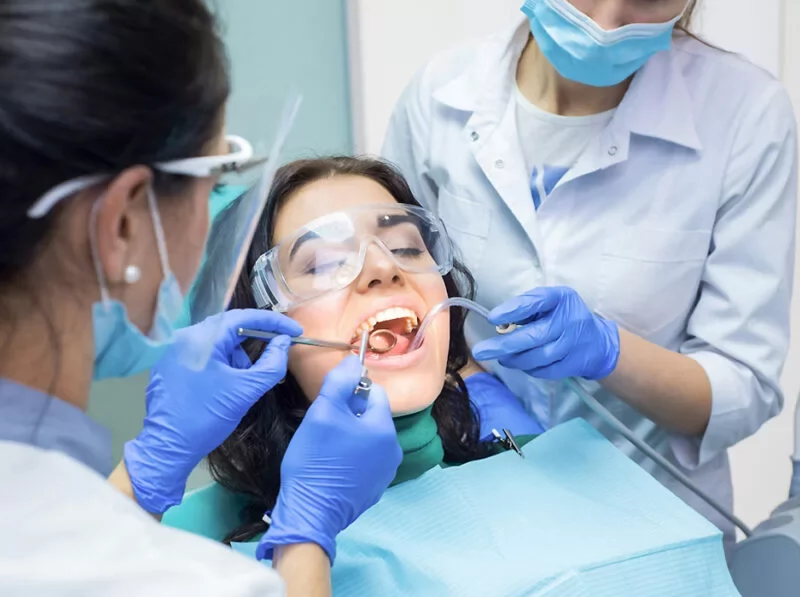India has emerged as one of the top destinations for dental tourism in recent years. The country is known for its highly skilled dentists who provide high-quality treatment at affordable rates. There are several factors that make India an ideal destination for dental tourism:
- Cost-effective: The cost of dental treatment in India is much lower than in developed countries like the United States and Europe. This makes it an attractive option for people who are looking for quality dental treatment at an affordable price.
- Skilled Dentists: India has a large pool of skilled and experienced dentists who have received their training from some of the best institutions in the world. They use the latest technology and equipment to provide high-quality treatment to their patients.
- State-of-the-art facilities: India has world-class dental facilities that are equipped with the latest technology and equipment. These facilities follow international standards and protocols to ensure the highest level of patient care.
- Tourism: India is a country with a rich cultural heritage and natural beauty. Dental tourists can combine their treatment with a holiday, exploring the country’s diverse culture, cuisine, and attractions.
- English-speaking staff: Many dental clinics in India have staff who are fluent in English, making it easy for foreign patients to communicate with them.
- Accreditation: Many dental clinics in India are accredited by international organizations such as the Joint Commission International (JCI) and National Accreditation Board for Hospitals & Healthcare Providers (NABH), ensuring that they meet international standards of quality and safety.
Overall, India’s cost-effective dental treatment, skilled dentists, state-of-the-art facilities, and tourism potential make it an ideal destination for dental tourism.







